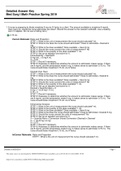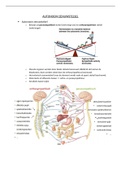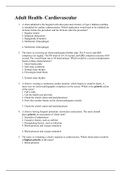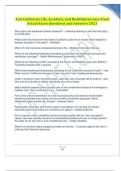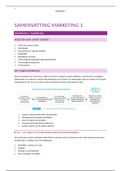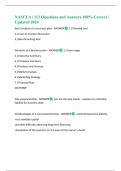Essay
Essay Unit 7 - Principles of Safe Practice in Health and Social Care LEARNING AIM C AND D
- Institution
- PEARSON (PEARSON)
Unit 7 LEARNING AIM C AND D ASSIGNMENT. THIS ASSIGNMENT HAS PURPLE PEN IMPROVEMENTS. IN THIS ASSIGNMENT I ACHIEVED A DISTINCTION. ALL CRITERIA IS MET.
[Show more]




